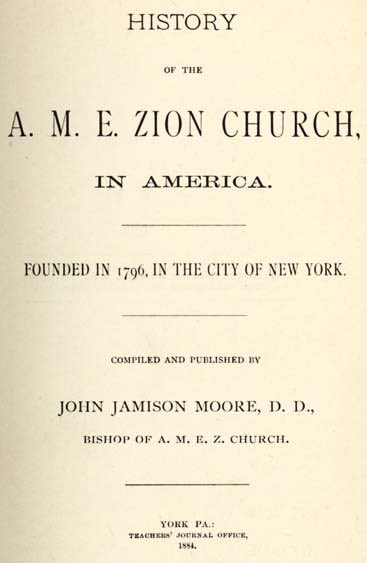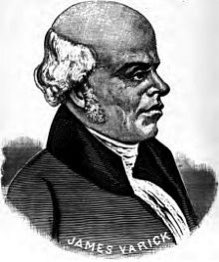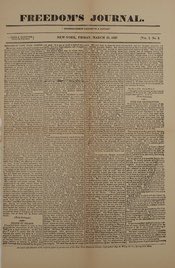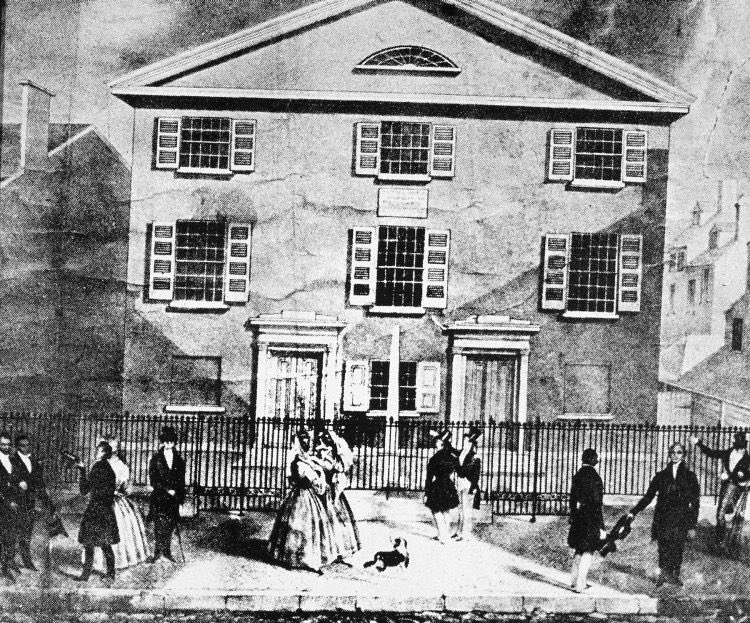On this day, in Black history, James Varick--the 1st bishop of the African Methodist Episcopal Zion Church was born.
I have this saying, “If you want to find out a community’s Black history...find the AME church.”
Here’s why...
I have this saying, “If you want to find out a community’s Black history...find the AME church.”
Here’s why...
Despite NY’s obsession w/ pretending that they’ve always been somewhat “progressive,” there’s always been racism and discrimination. Free Black parishioners were rejected from worship or asked to sit in the highest balcony.
So Black people left to form their own churches...
So Black people left to form their own churches...
The first church founded by AME Zion Church was built in 1800 and named Zion. These churches still “belonged” to worshippers original churches, but operated independently.
(Most had Black congregants, but still had white ministers.)
(Most had Black congregants, but still had white ministers.)
In 1821, there was a huge debate (b/c he was Black) about James Varick— licensed to preach & helped to build churches, hold prayer meetings, and GET THE JOB DONE.
Still they gave this man the runaround...he went from elder to superintendent to chairman.
Still they gave this man the runaround...he went from elder to superintendent to chairman.
Varick finally became bishop after 1822. In addition to his ministry, Varick ran a school, was the first chaplain of the New York African Society for Mutual Relief (1810) and a vice-president of the African Bible Society (1817).
He also was a member of an 1821 group that petitioned for the right to vote AND supported the establishment of the Freedmen’s Journal—the first Black owned/operated newspaper in the US.
Crazy long & amazing legacy right? What if I told you most AME churches and the individuals attached to them are ALL like Varick.
Sometimes schools bring me in to rewrite history instruction and they’re looking everywhere but the ground they walk on...
Sometimes schools bring me in to rewrite history instruction and they’re looking everywhere but the ground they walk on...
I’ve had so many instructional leads say to me, “There isn’t much Black history relevant to this area.”
And I often have to laugh because I probably walked past an AME/AME Zion church on the way there...
And I often have to laugh because I probably walked past an AME/AME Zion church on the way there...
Before Varick, Richard Allen, along with several other Black Methodists, moved on to found a Black Episcopal Church in 1794. The church basement became a stop on the "Underground Railroad," hiding and aiding those who were escaping slavery. https://www.bet.com/news/national/photos/2015/06/history-of-ame-churches.html
Allen goes on to found the first AME Church in Philly. And then we can follow the church’s legacy from there to Denmark Vesey to Black towns that grew from the pulpit, to Frederick Douglass and Mary McLeod Bethune’s church in DC to a national system of safe spaces of worship.
Here’s how you can note a few facts about an AME Church without opening a book or searching via Google.
Here’s how I start to discern a neighborhood’s story through church plaques and building conditions...
Here’s what that stroll told me...

 Read on Twitter
Read on Twitter






